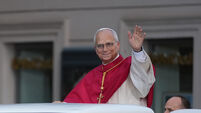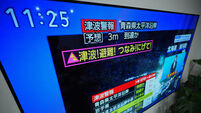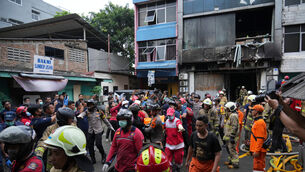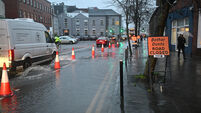Finger pointing follows North America blackout
The biggest power cut in American history rolled across a vast swath of the northern United States and southern Canada yesterday, driving millions of people outdoors into stifling rush hour streets – then darkness.
As nuclear power plants were shut down in four states, President Bush ruled out terrorism. But the blackout set off finger pointing on both sides of the border.














